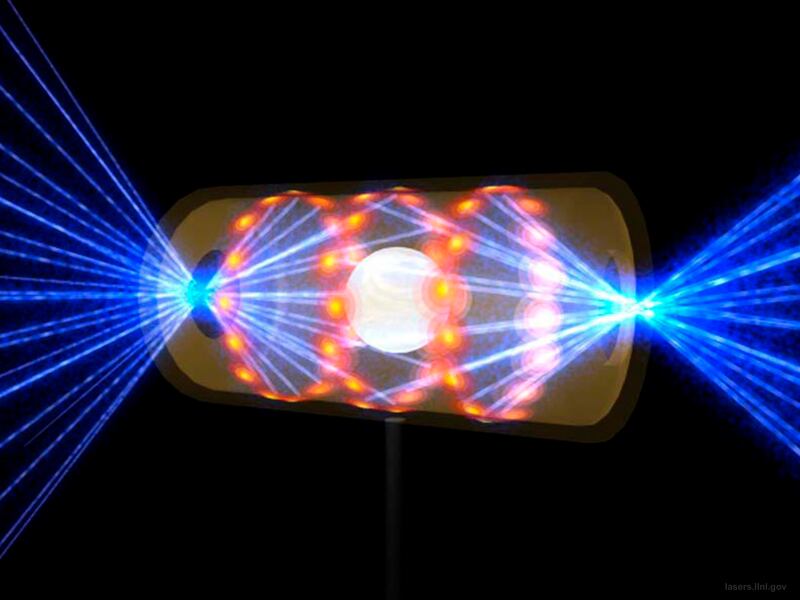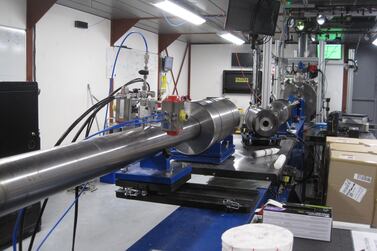The US Department of Energy is expected to announce on Tuesday that researchers have produced for the first time a nuclear fusion reaction that makes a net energy gain, according to several news outlets.
The experiment shows that fusion may be able to eventually tame the energy around the sun to create a power plant on Earth. The possibility is still years away, but the technology offers the promise of carbon-free electricity.
“If this fusion energy breakthrough is true, it could be a game changer for the world,” said Ted Lieu, a US Representative from California.
Scientists at the Energy Department's Lawrence Livermore National Laboratory near San Francisco made the discovery, Bloomberg and the Washington Post reported.
Tests usually require enormous amounts of power, and efforts to create a fusion reaction that produces a net-energy gain have been elusive.
The California scientists' reaction produced roughly 2.5 megajoules of energy compared to the 2.1 megajoules used to power the lasers, the Financial Times reported.
Nuclear fusion happens when two atoms fuse to form a heavier nucleus that releases massive amounts of energy.
It differs from fission, which creates energy by splitting atoms but also creates radioactive waste. Fission has been commercially available for decades but produces only 10 per cent of the world's power, far less than coal and gas.
If fusion can be scaled up and be commercially available, it would offer clean power without the risk of producing hazardous waste.
Bloomberg contributed to this report








